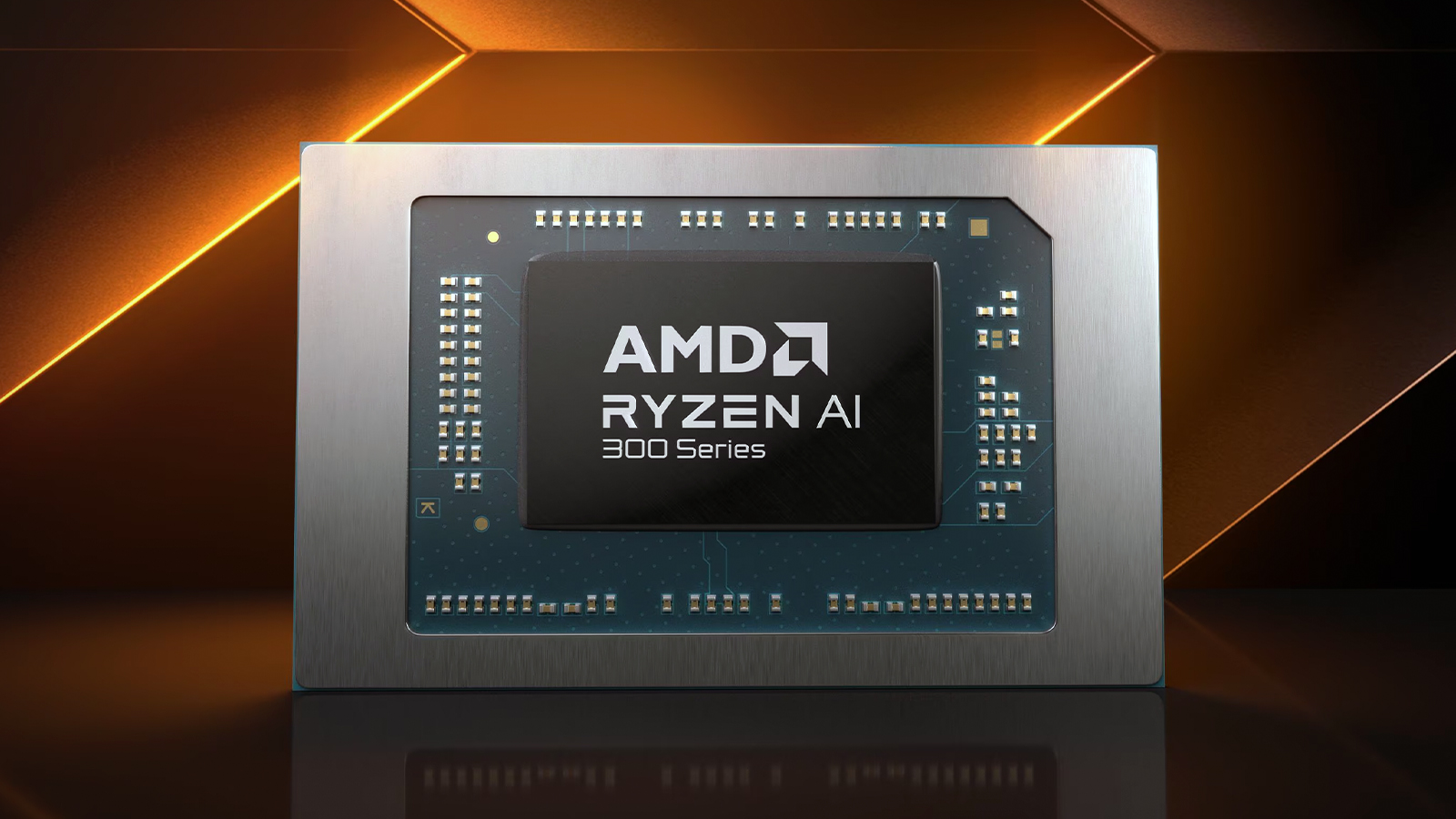
AMD's 12-core Zen 5 mobile flagship, the Ryzen AI 9 HX 370, has debuted on PassMark. The Zen 5-based processor showed competitive performance against Apple's top-of-the-line M3 Max CPU, beating the 14-core variant and approaching the 16-core in the single and multi-threaded scores. The chip surpassed Intel's outgoing Raptor Lake high-performance HX series CPUs, beating the Core i7-14700HX. All comparisons were taken from the multi-core results in PassMark's list of CPU benchmarks.
The Ryzen AI 9 HX 370 scored 37,699 points in PassMark's multi-threaded benchmark and 4,213 points in PassMark's single-threaded benchmark. The Zen 5 CPU's score barely surpasses Apple's 14-core M3 Max, beating it by 4%. Apple's beefier 16-core M3 Max manages to get ahead of the Ryzen AI 9 HX 370, but only by 7%, making the Zen 5 CPU extremely competitive with both parts.
The Ryzen AI 9 part was also very performant against some of Intel's outgoing high-performance Raptor Lake parts. Despite being optimized for thin-and-light use — and having fewer cores, the Zen 5 chip outperformed Intel's 20-core Core i7-14700HX by 4%.
The only chips the Ryzen AI 9 chip struggled to compete with were Intel's flagship Core i9 HX-series CPUs and AMD's high-performance Dragon Range Ryzen 9 parts. For instance, Intel's Core i9-14900HX outperformed the Ryzen AI 9 HX 370 by a healthy 23% and AMD's Ryzen 9 7940HX by an even greater 42%.
AMD's Ryzen AI 9 HX 370 is its latest flagship mobile part, featuring its new Zen 5 CPU architecture. The chip comes with two core clusters consisting of four Zen 5 cores and eight compact Zen 5c cores. Clock speed maxes out at 5.1 GHz boost, with a TDP of 28W (but configurable from 15W to 54W). The chip also has 36MB of cache and AMD's top-of-the-line Radeon 890M integrated graphics with 16 CUs running on the more power-efficient RDNA 3.5 architecture.
PassMark's performance numbers back up AMD's claims that the HX 370 is going toe-to-toe with Apple's M3 silicon. If PassMark's results indicate real-world performance, AMD will finally have a chip that can match Apple's silicon performance in a power envelope similar to that of Apple's M3-powered Macbooks.







